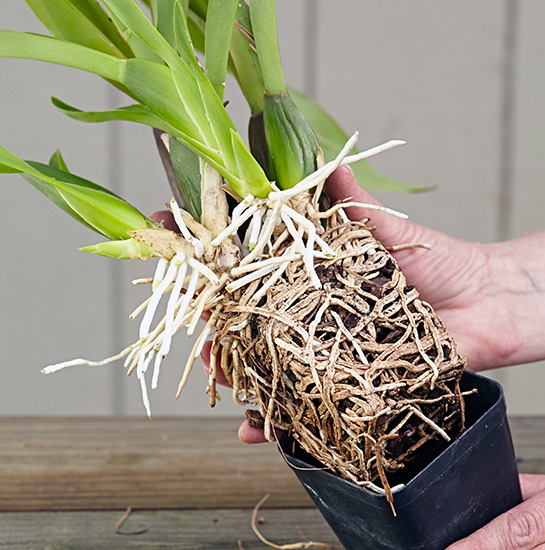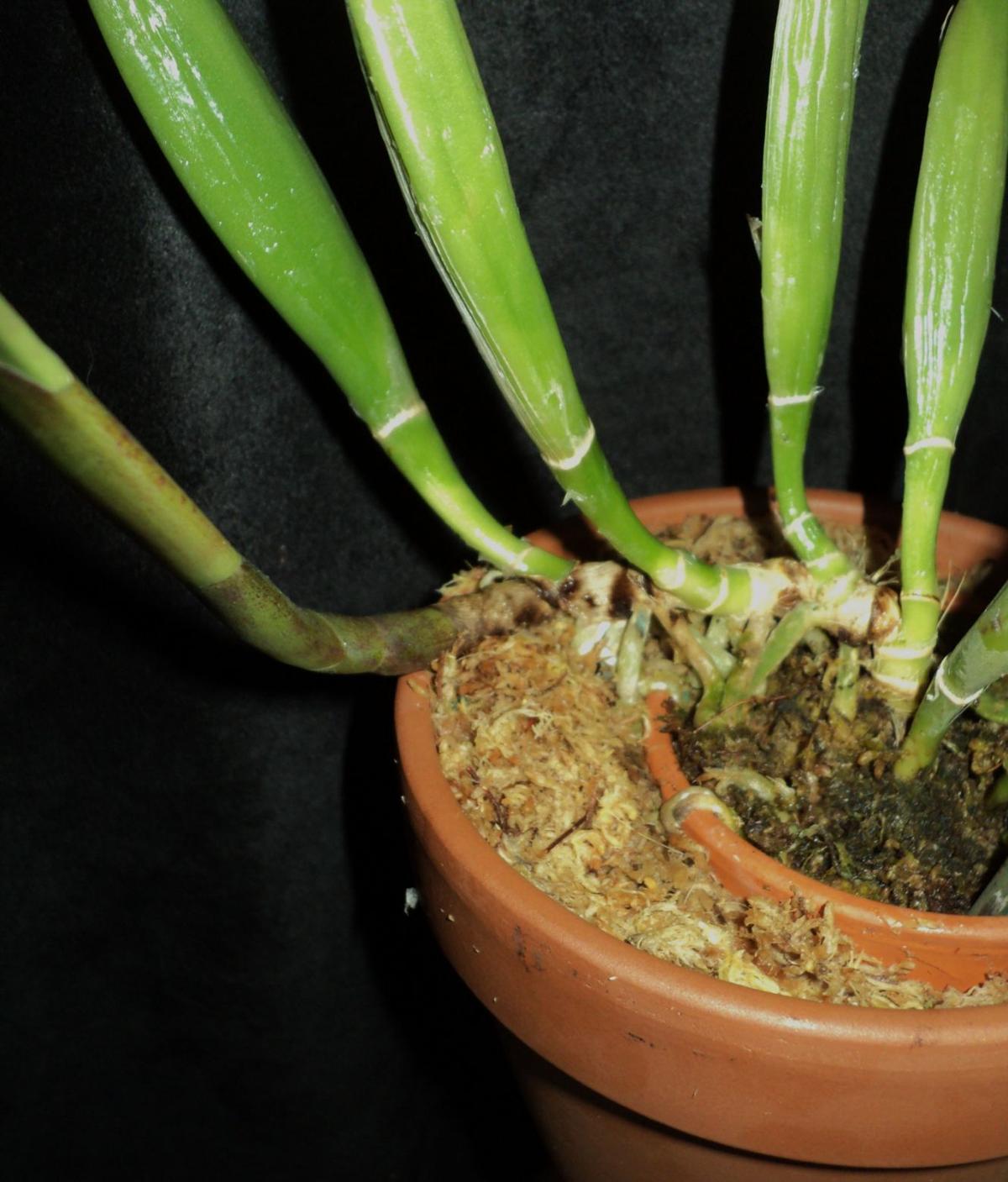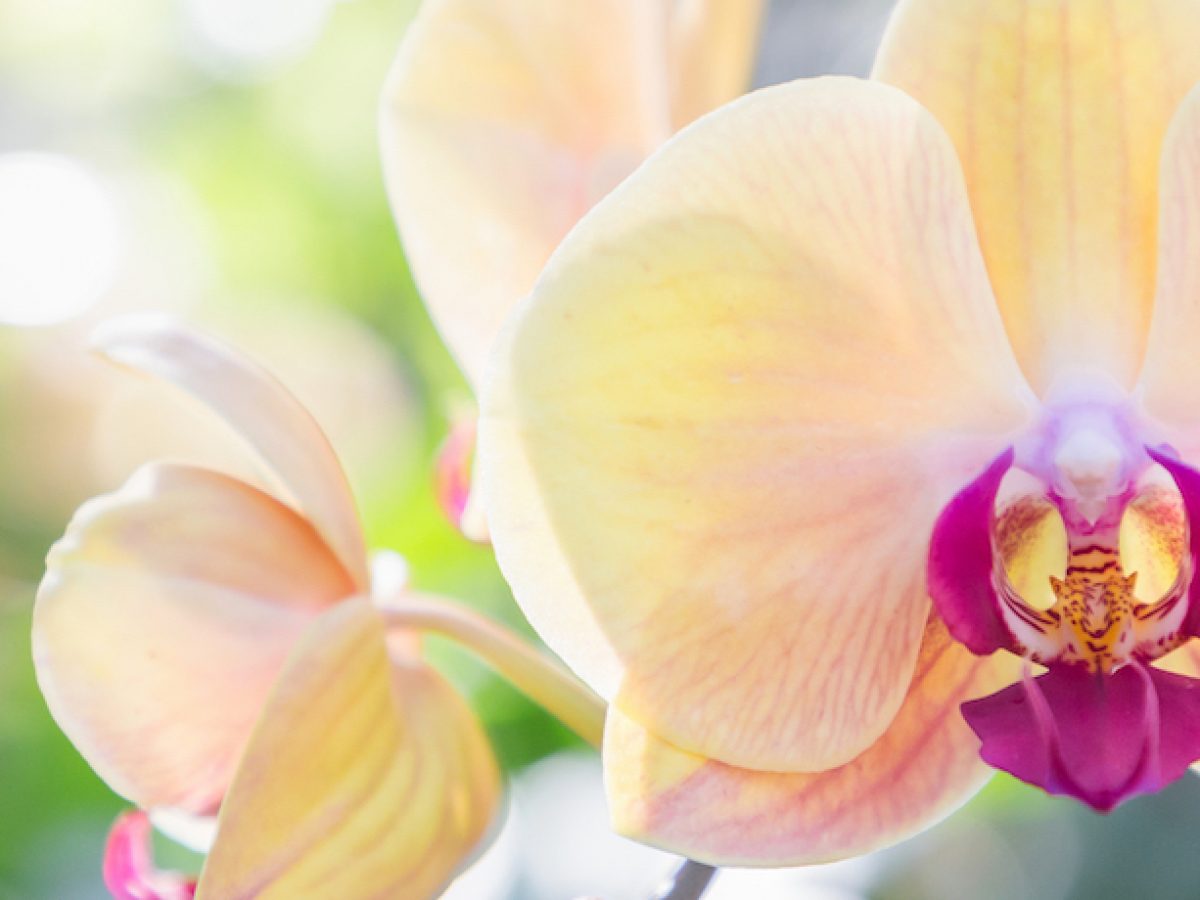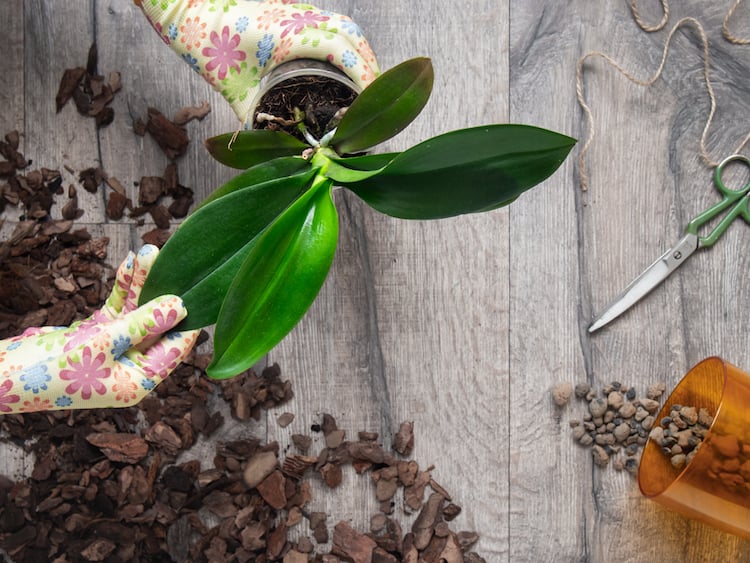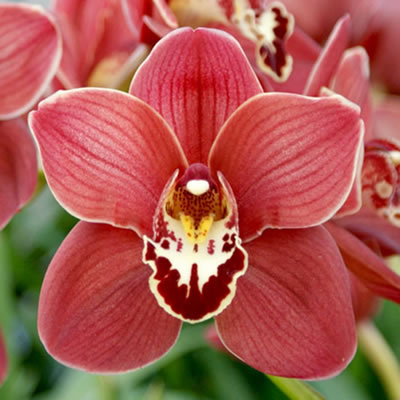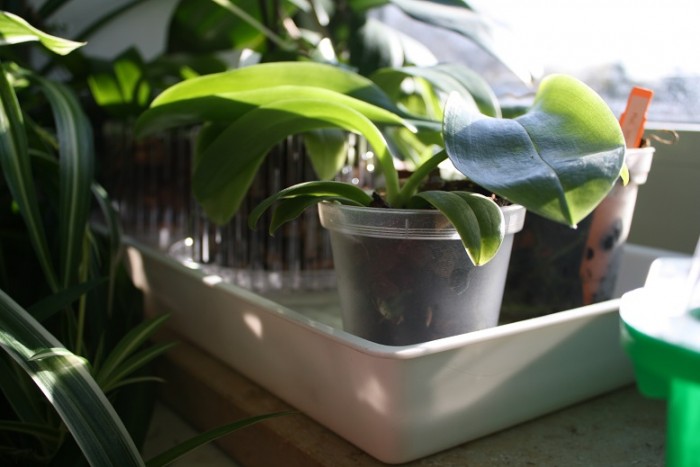Repotting Orchids
Repotting orchids timing.

Repotting orchids. Most orchids grown as houseplants are epiphytes in the wild which means that they naturally grow attached to a tree branch with their roots clinging to the bark. This is a sure sign that your plant has outgrown its home. Potting material is getting soggy and drains poorly. If it looks to be healthy and well contained in its current pot put off repotting for another year.
Unless the repotting is urgent and the orchid will be severely harmed without immediate action rotting medium pests massive dead roots fertilizer build up its best to wait until the perfect time to repot. When to repot orchids is important in order to ensure success. An orchid should only be repotted if the above symptoms are evident. In order to mimic their preferred growing conditions orchids should be potted in a specialist orchid compost or a mix of moss bark chips and perlite.
Learn how to keep your orchid thriving well beyond its first flower with this handy repotting tutorial. Orchid roots are overflowing the pot. First if its growing out of its container you may see white roots popping out between the spaces in the container. Orchids are very susceptible to disease as well so be sure to sterilize everything that will come in contact with your orchid during the repotting process.
Remove the orchid from its current pot. Being overzealous with orchid repotting can throw off the plants growing cycle. The ideal time to repot most orchids is when the plant starts new growth usually right after it finishes flowering. Occasionally orchids need repotting to refresh their expanding root systems.

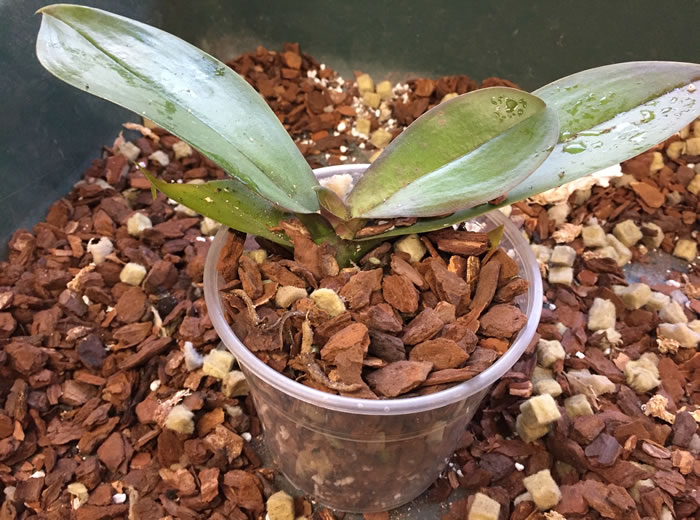

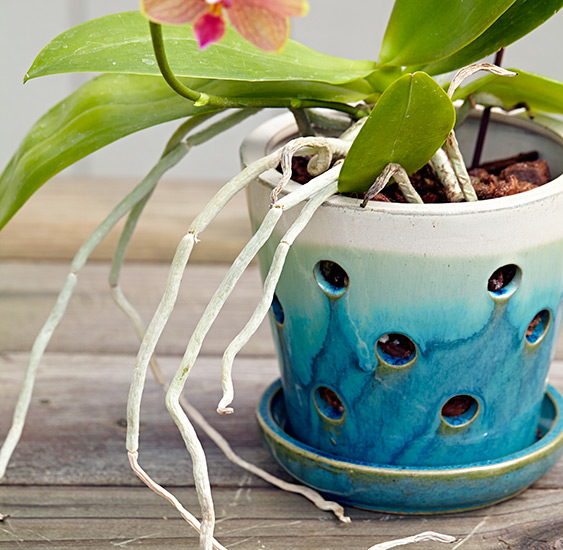

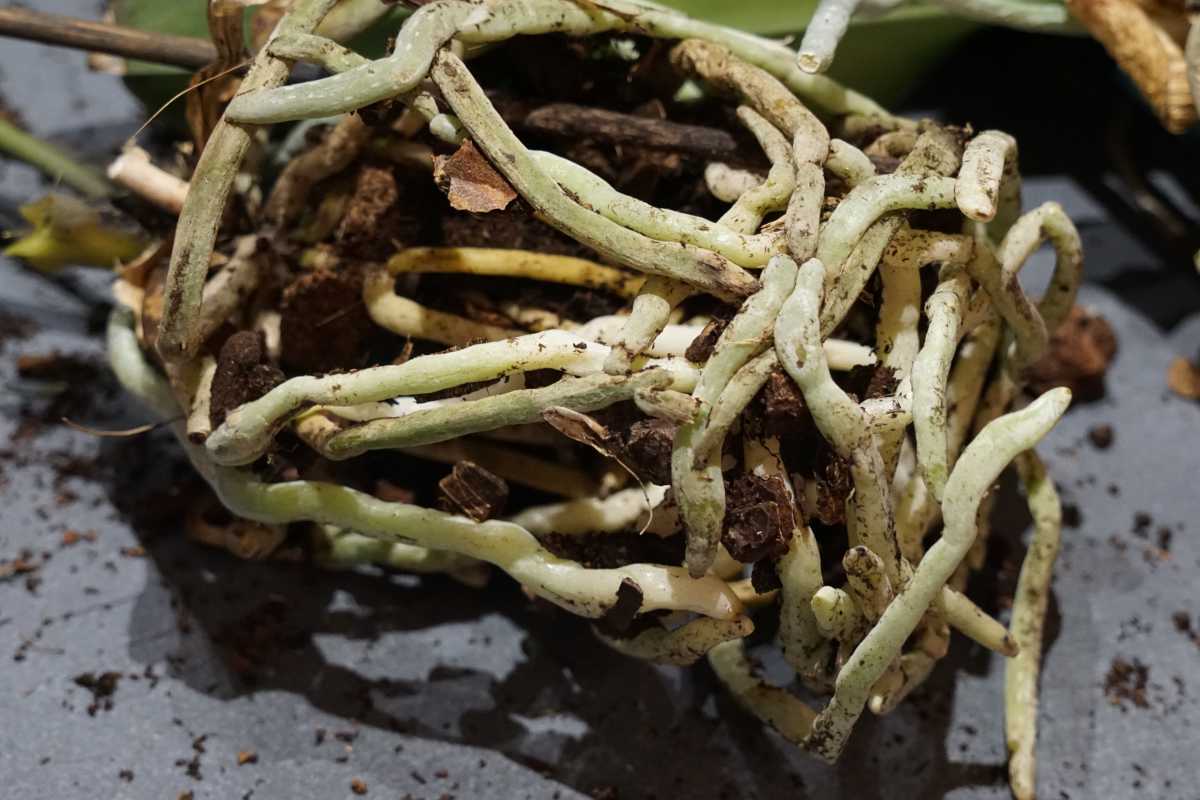
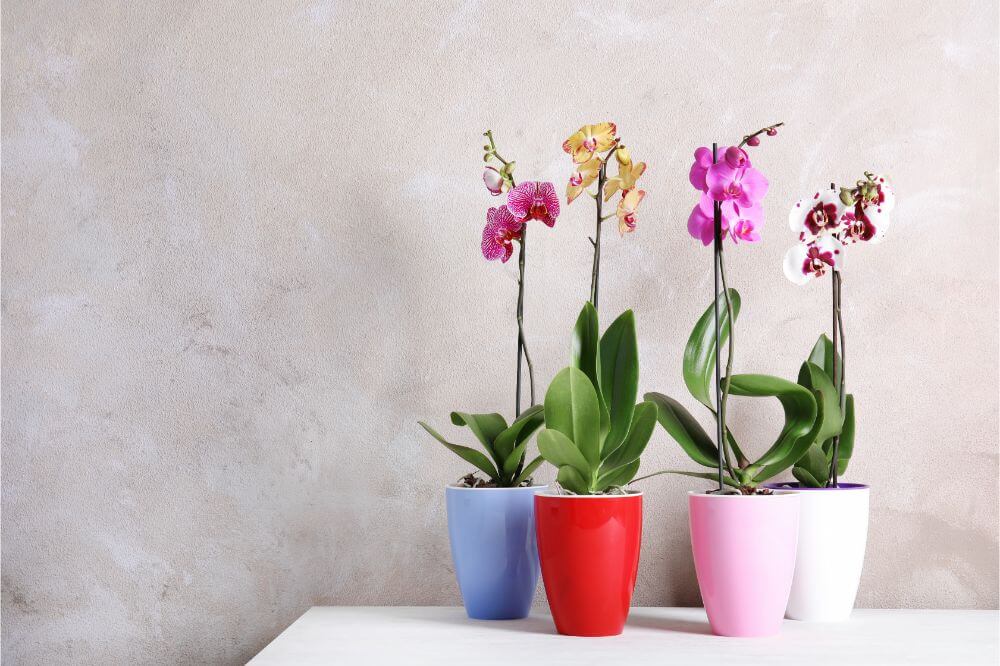
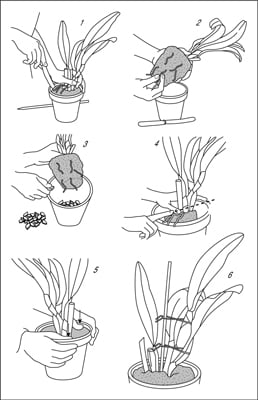

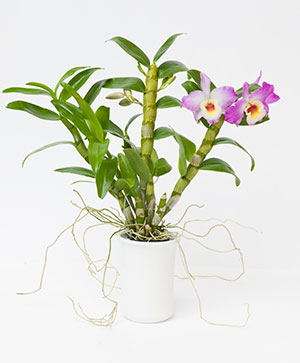



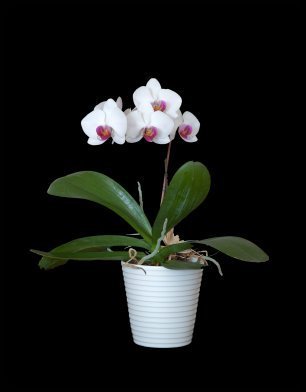
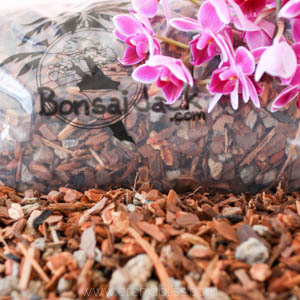


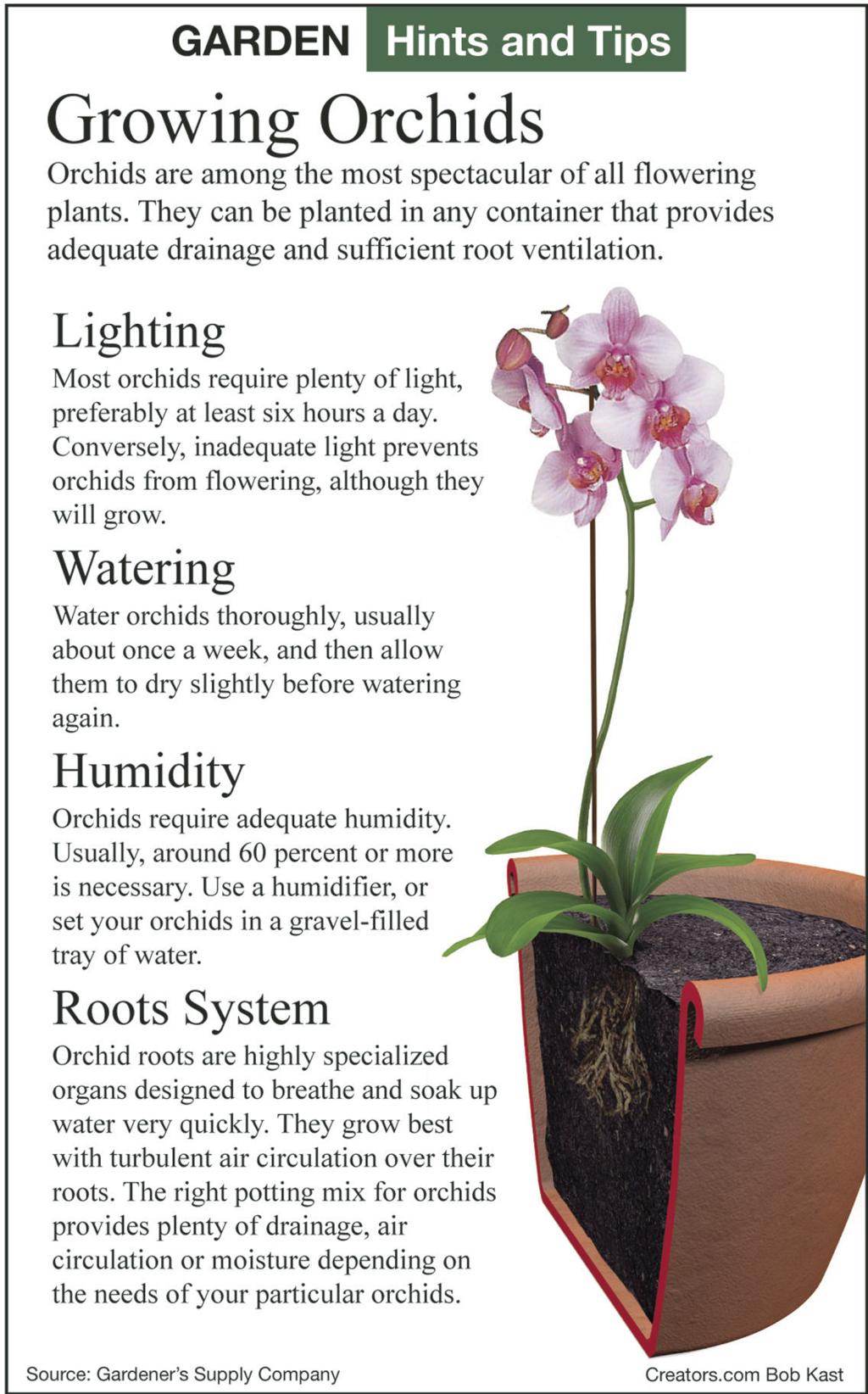
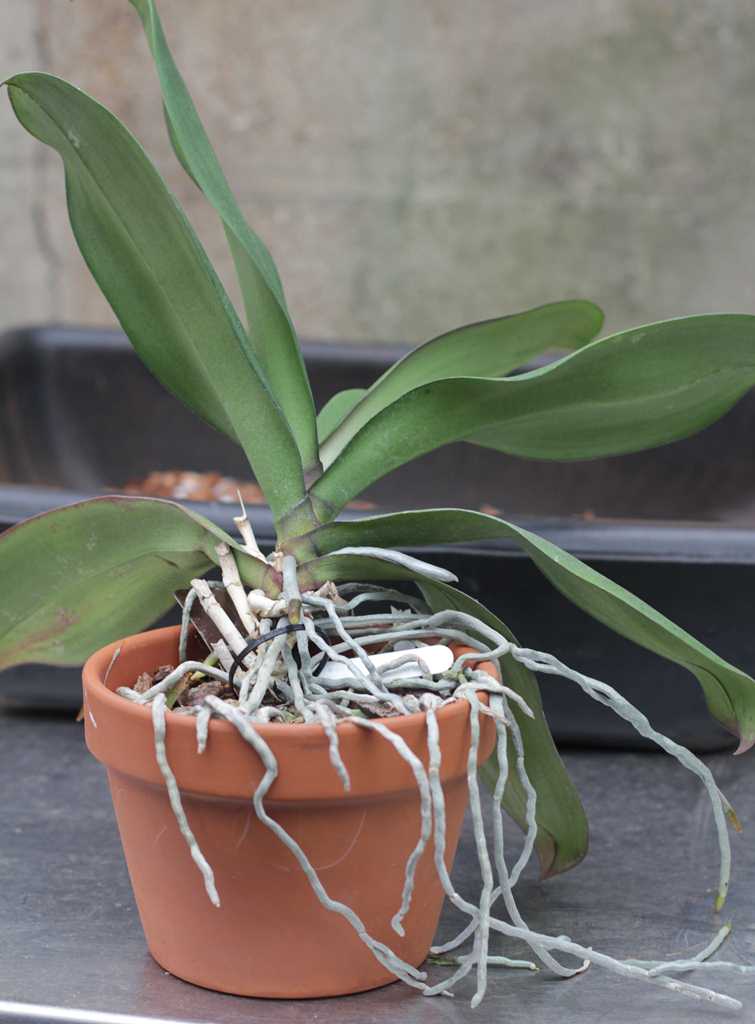



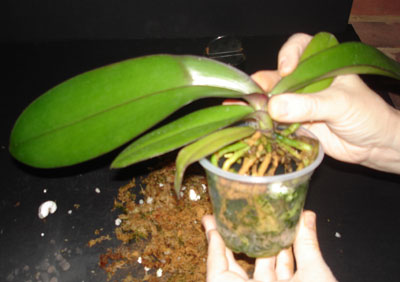
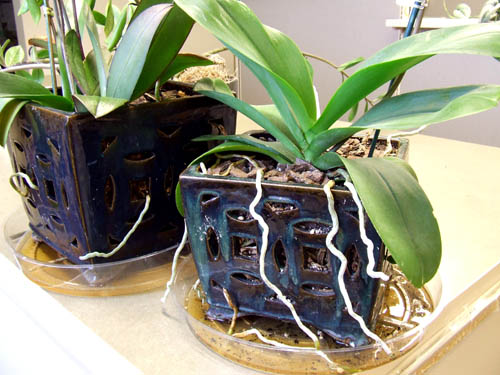



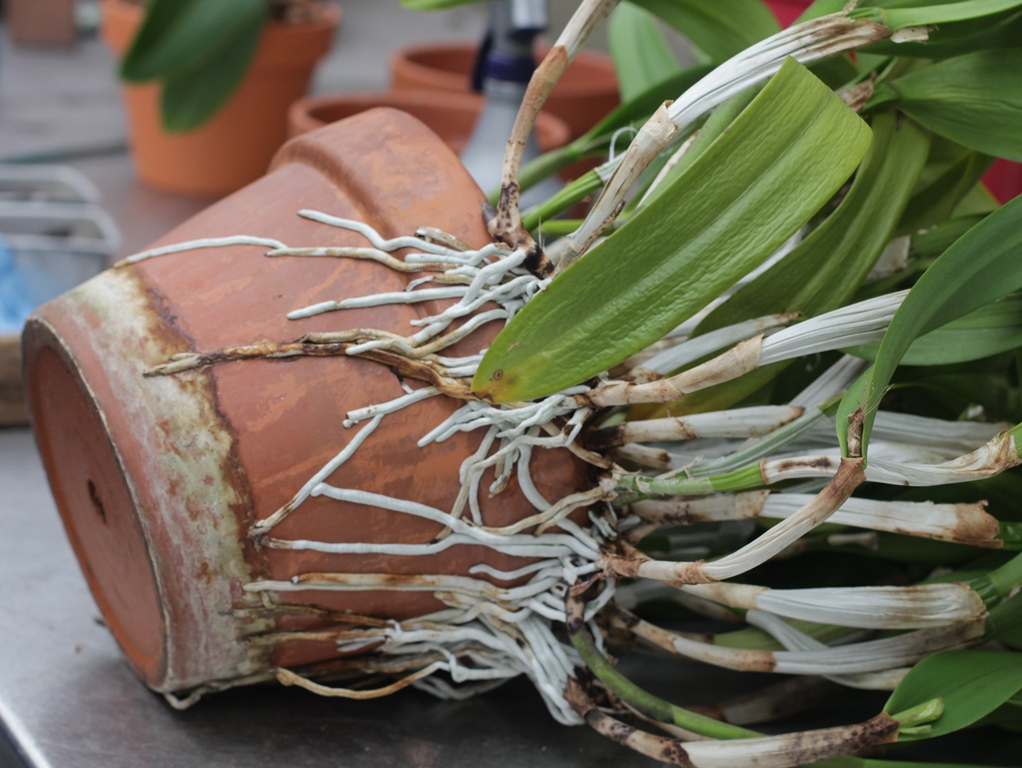
/SPR_1902822-basic-indoor-orchid-care-5ad7b108ae9ab80038fbe8b5.png)
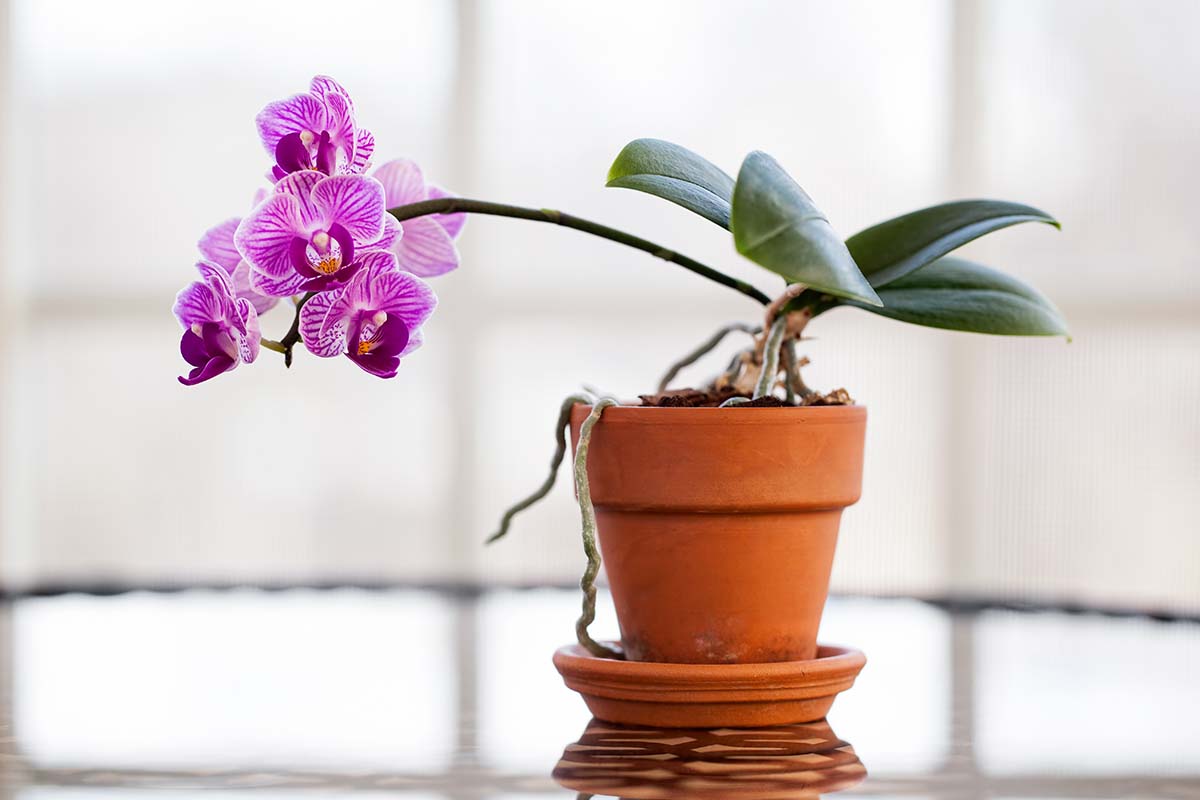


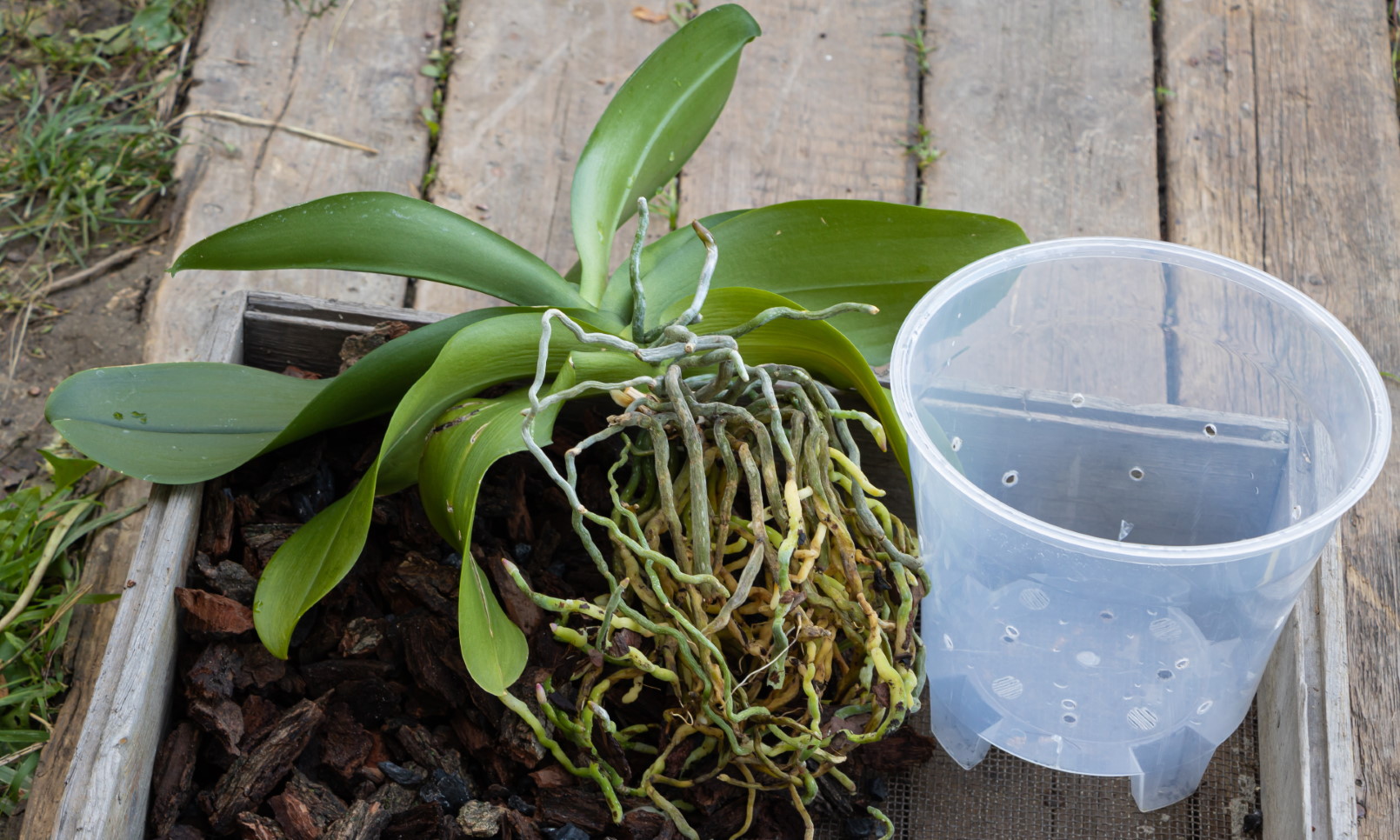




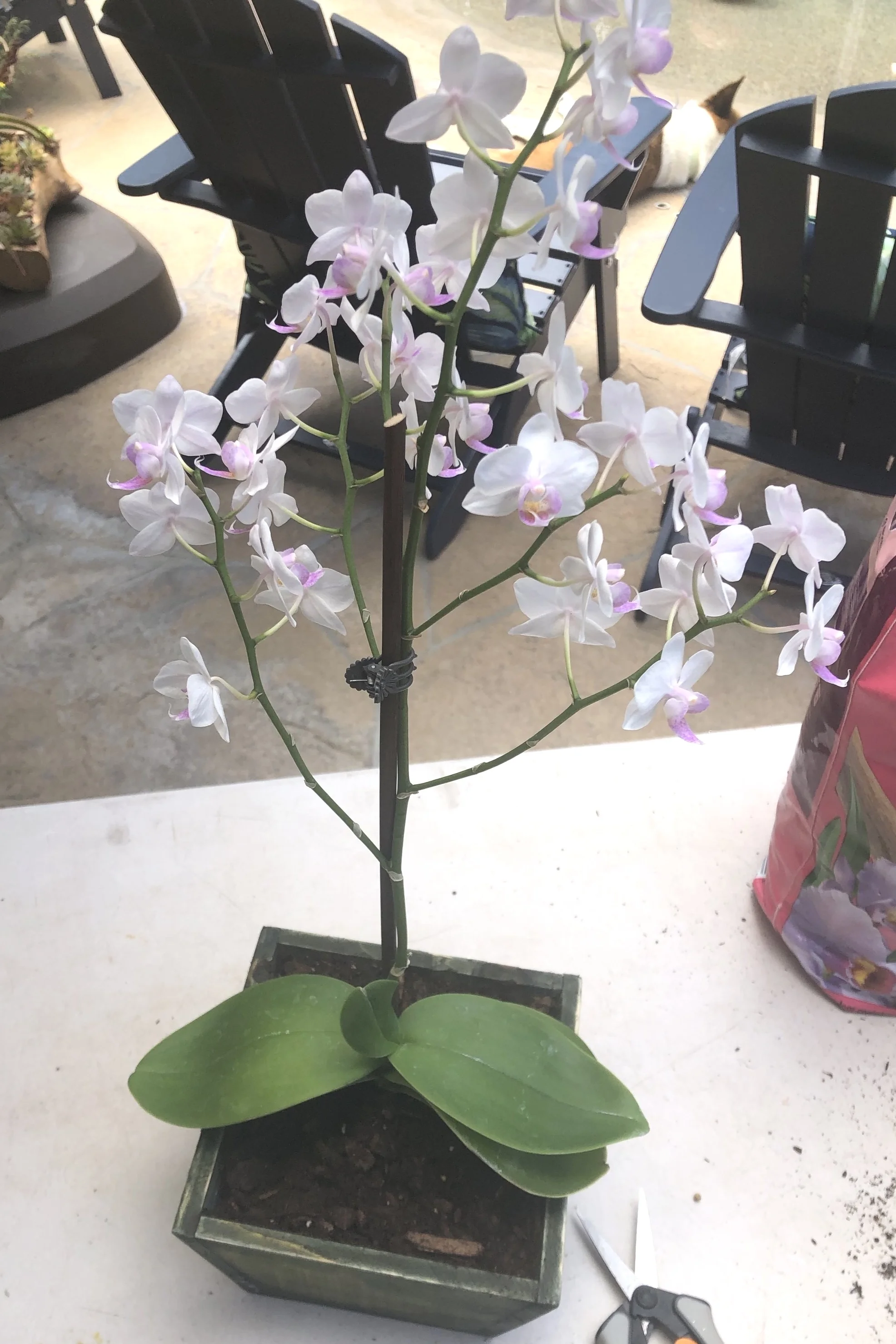
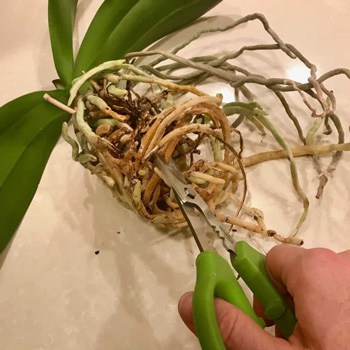

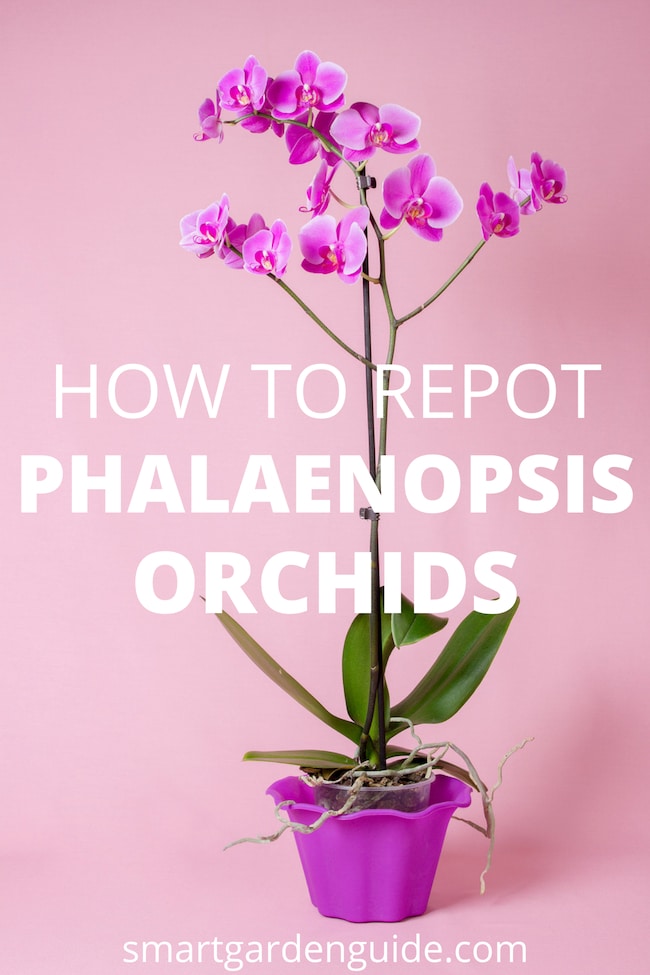


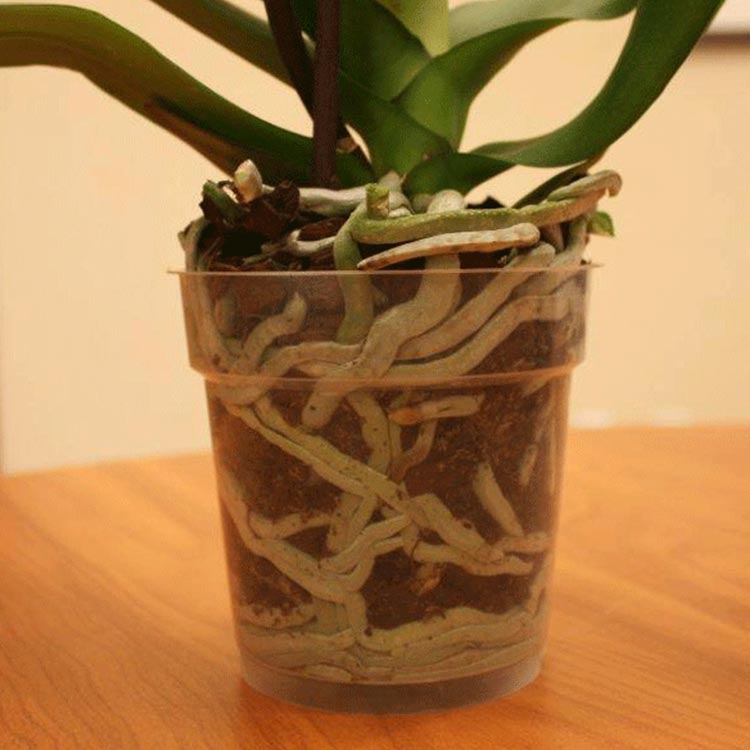






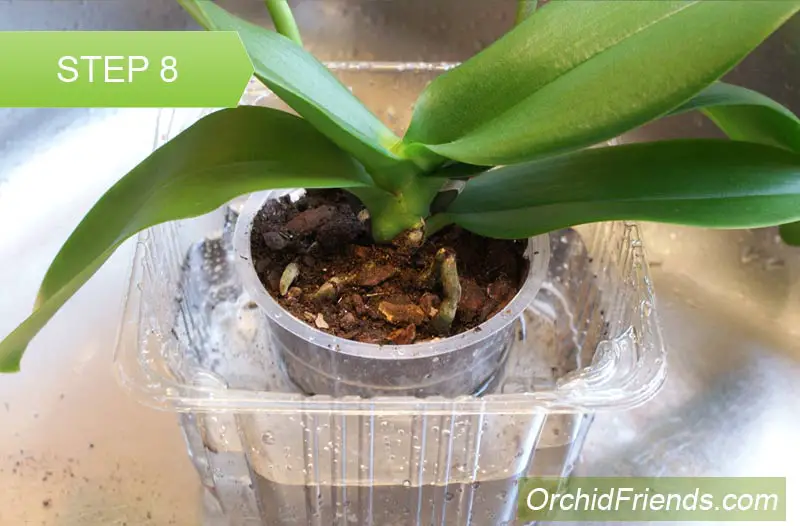

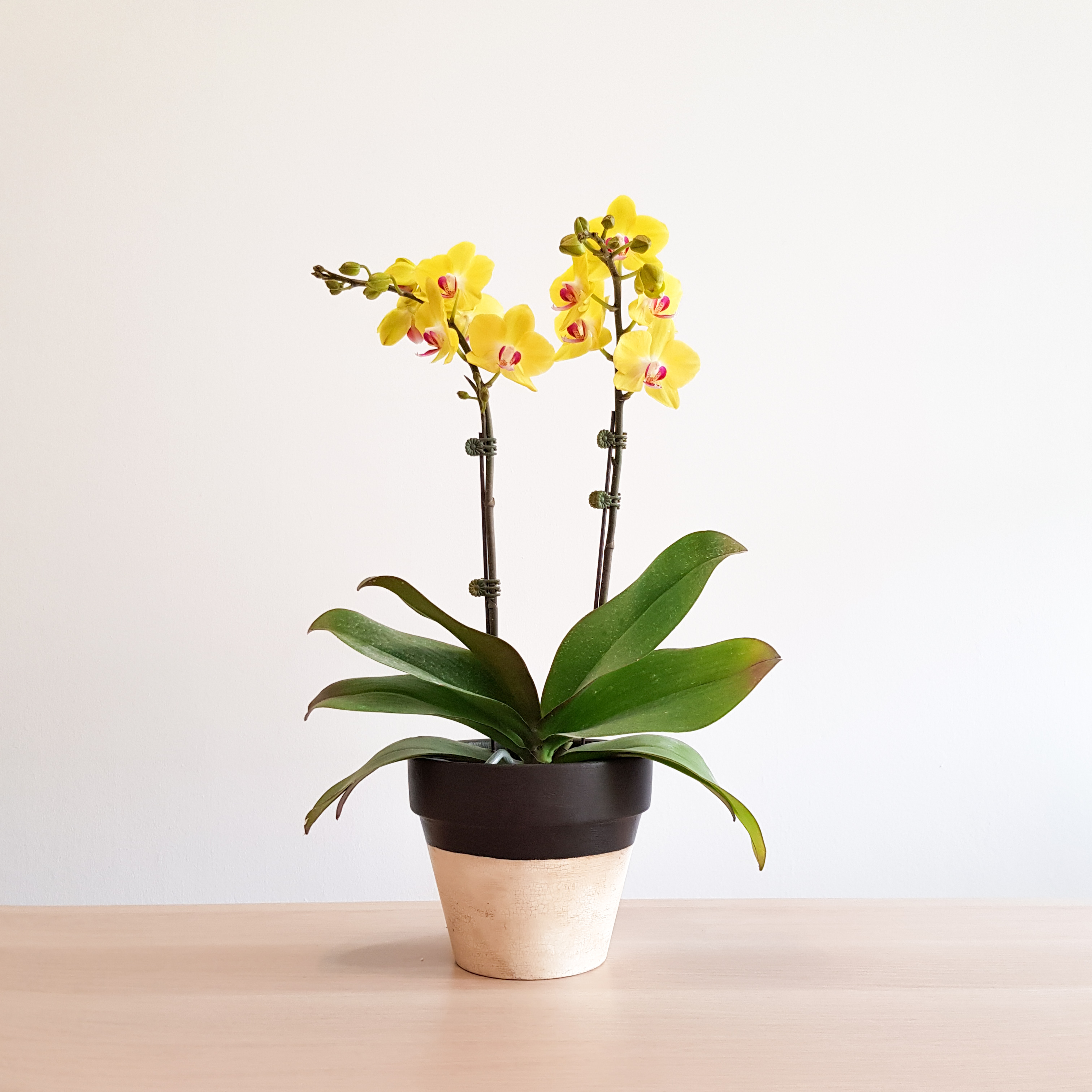

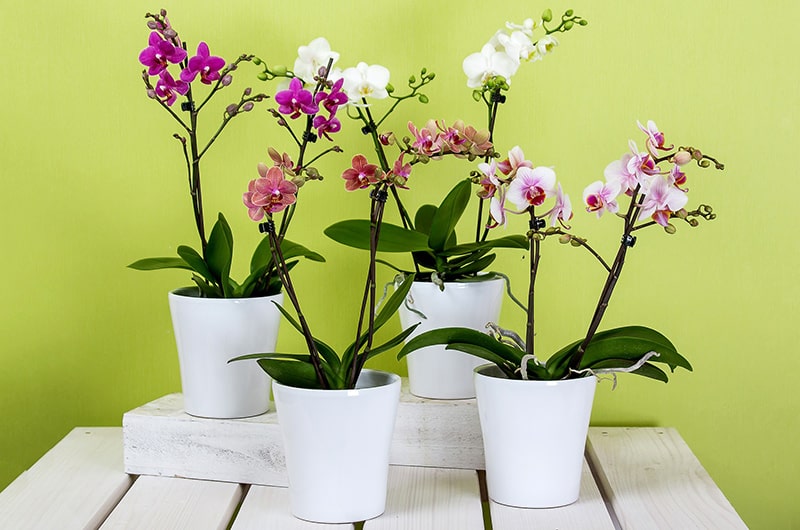







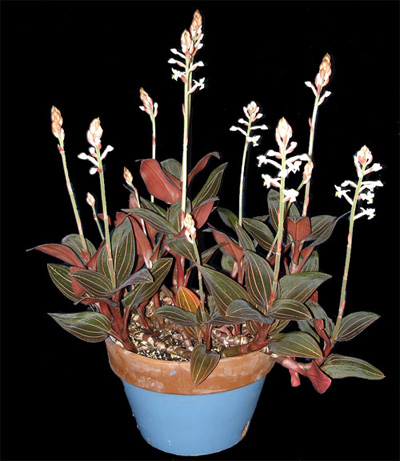

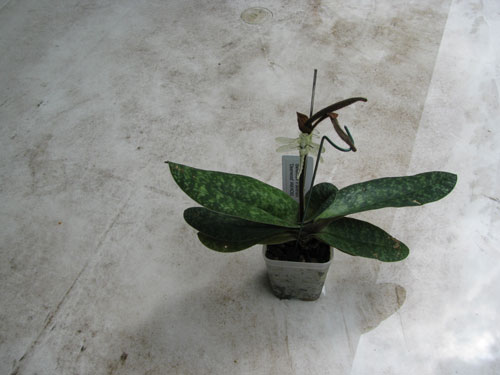
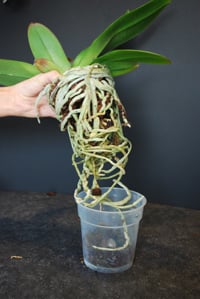



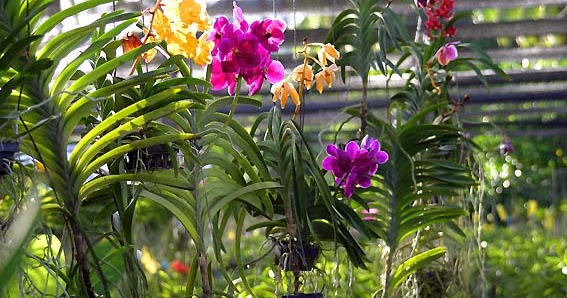
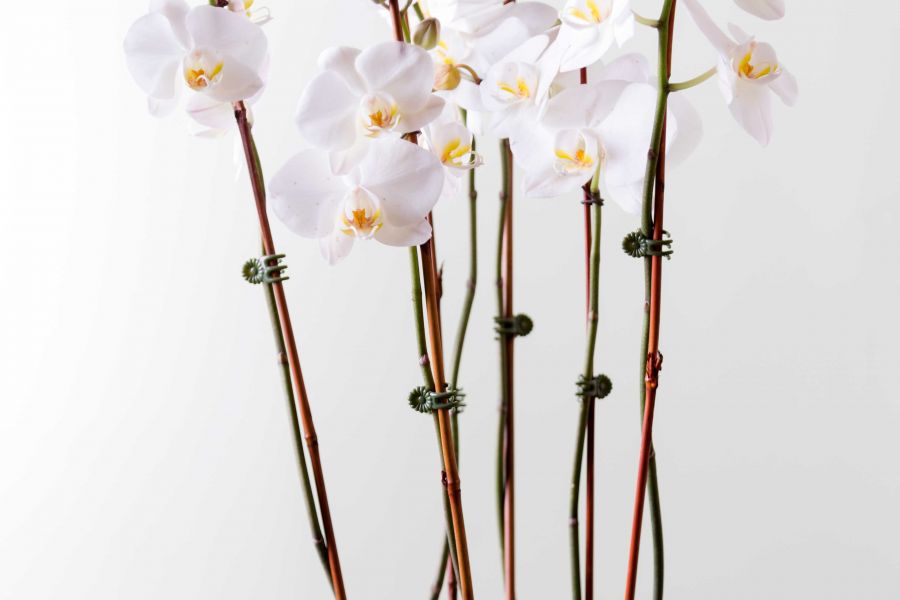
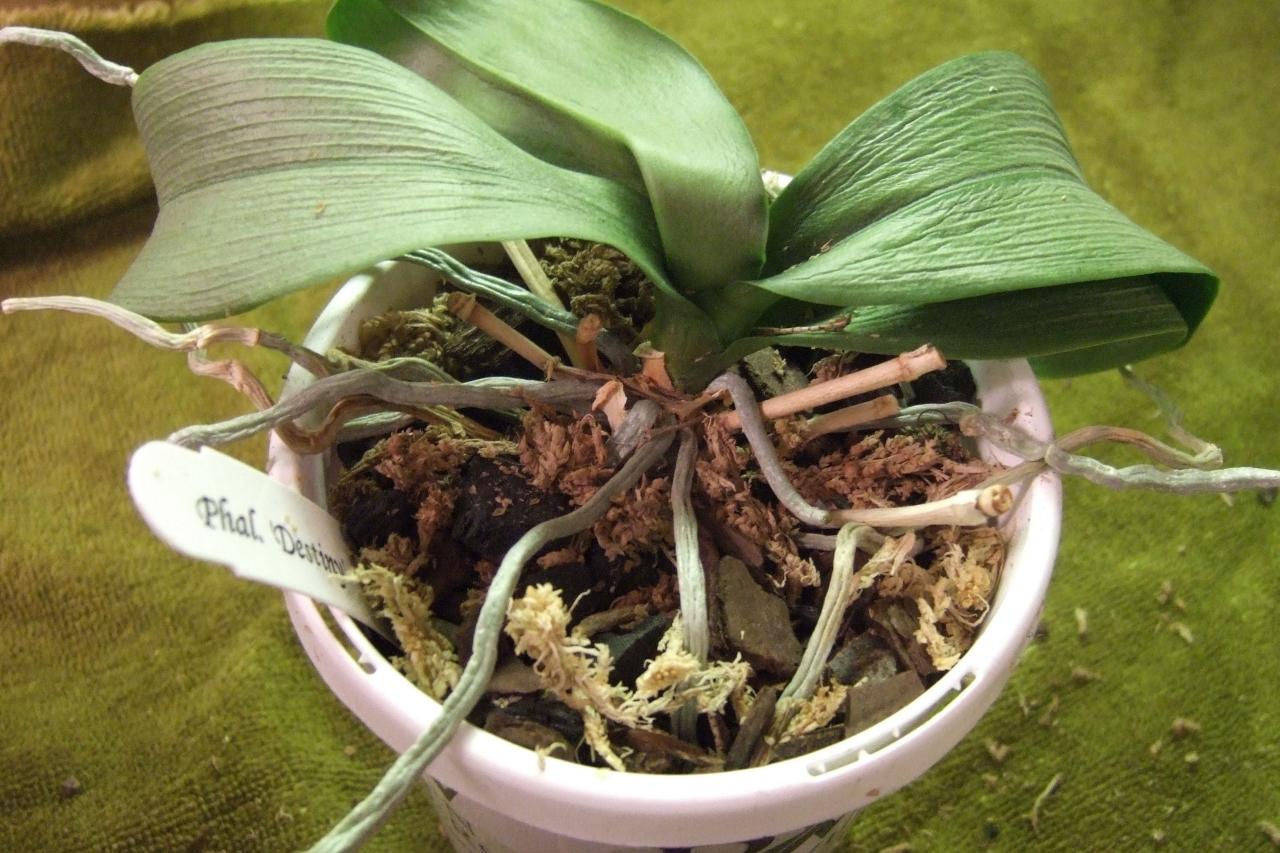


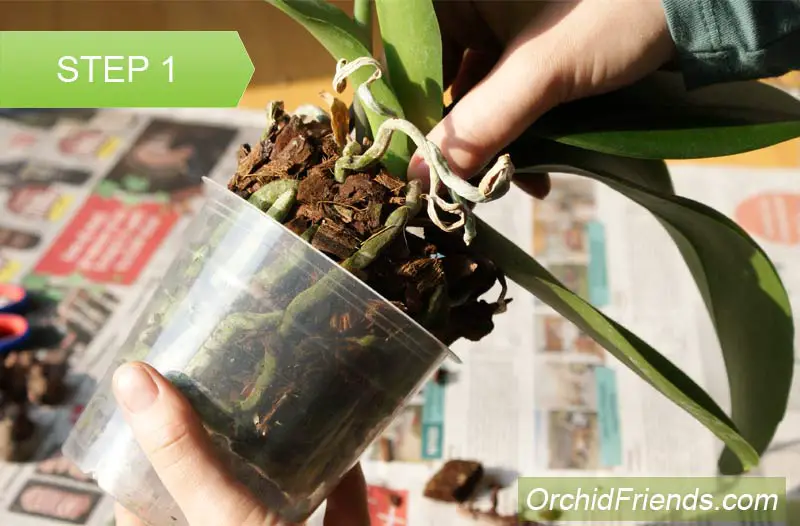



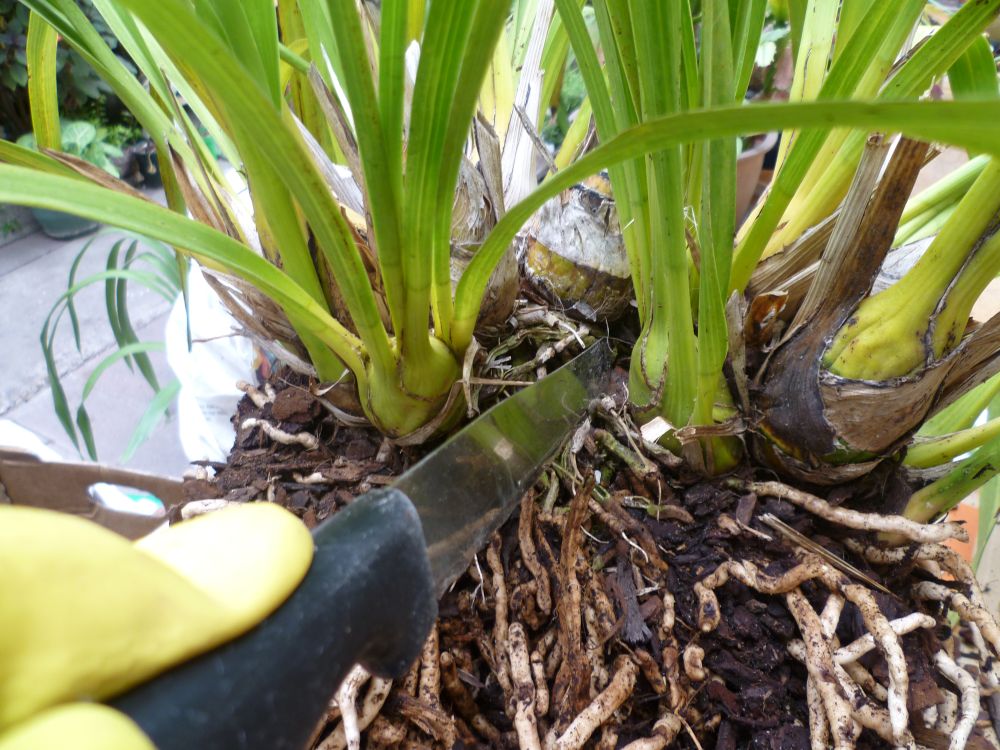
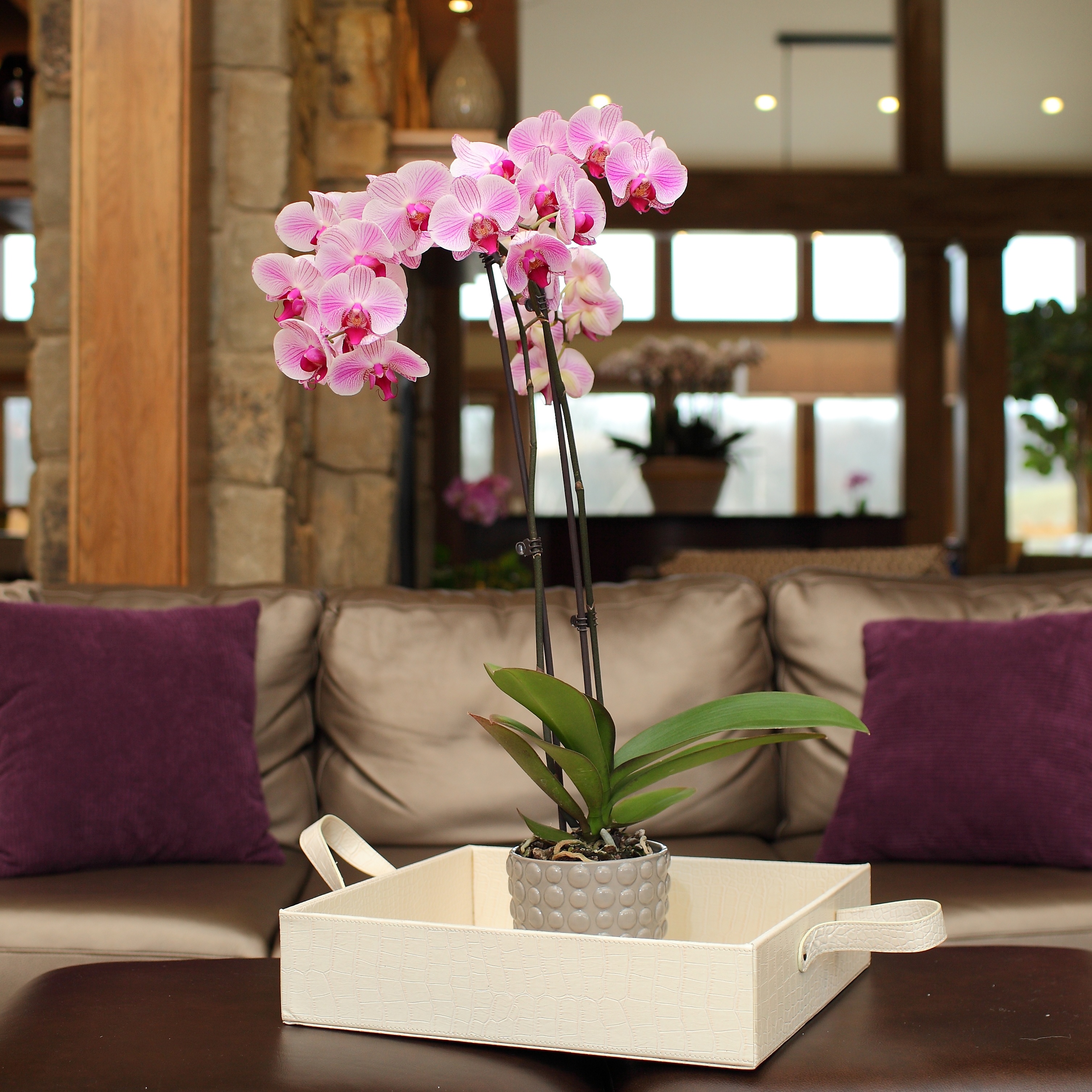
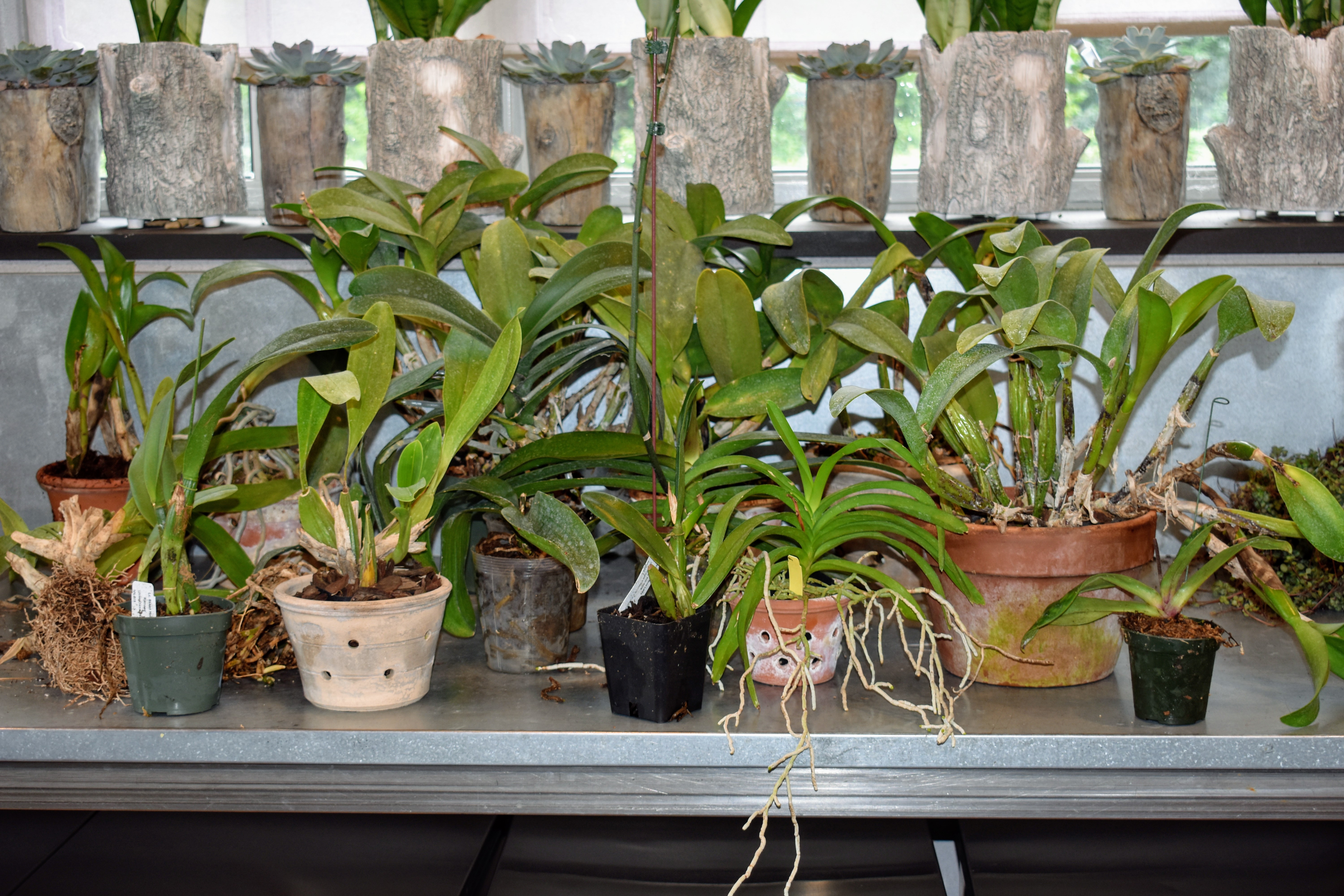
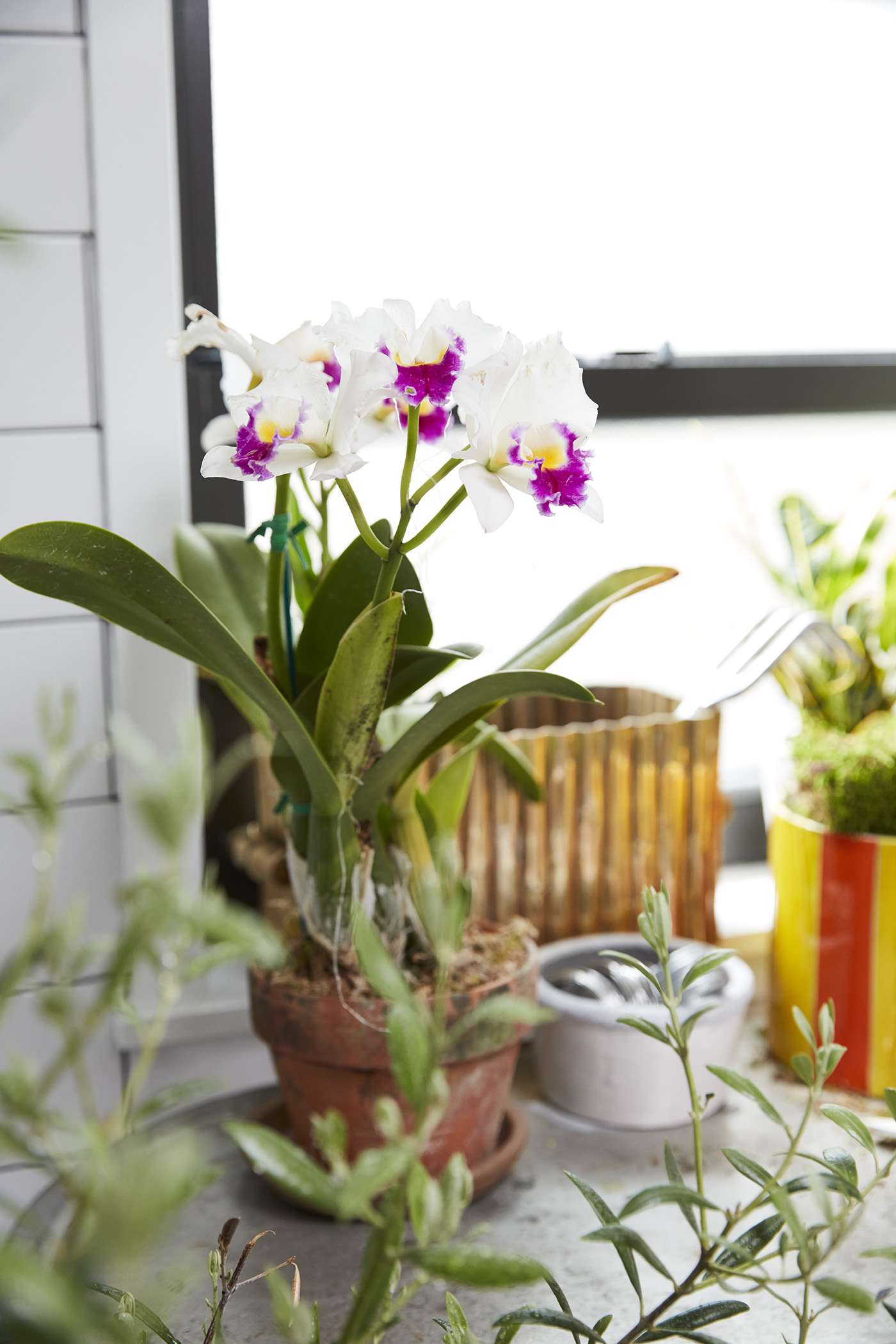

/how-to-repot-orchids-1902834-1-c07cc5c3db3c4875be27f98684bbd2a9.jpg)
